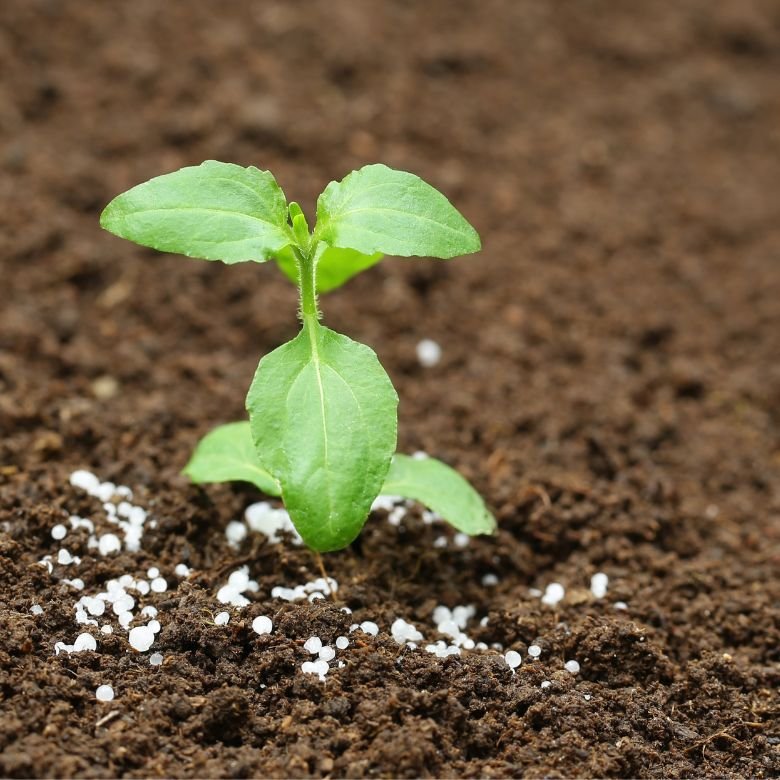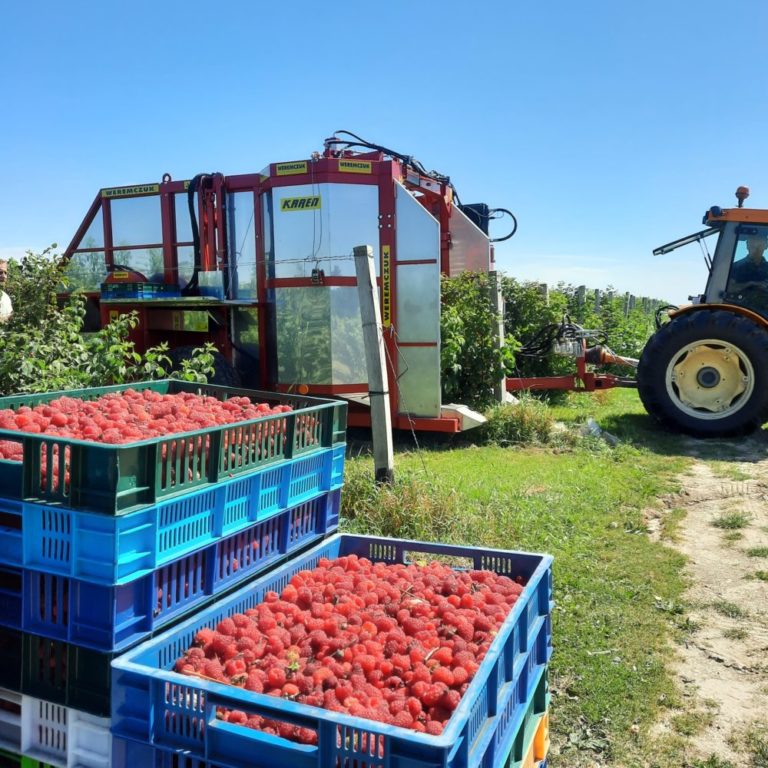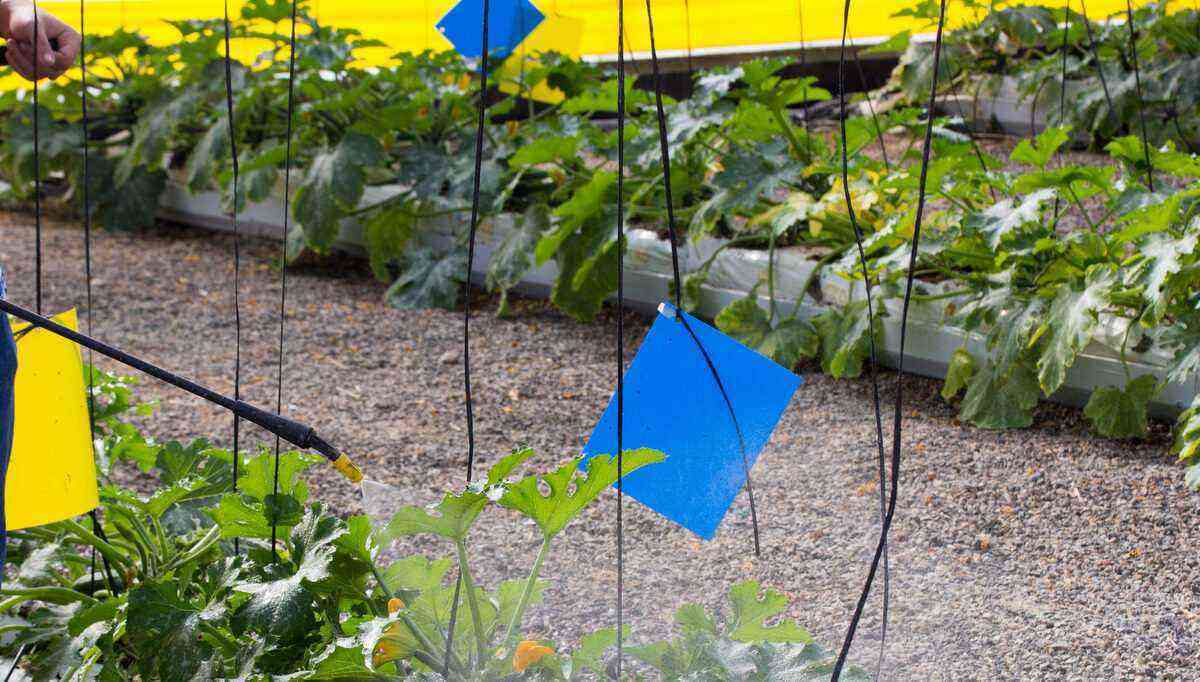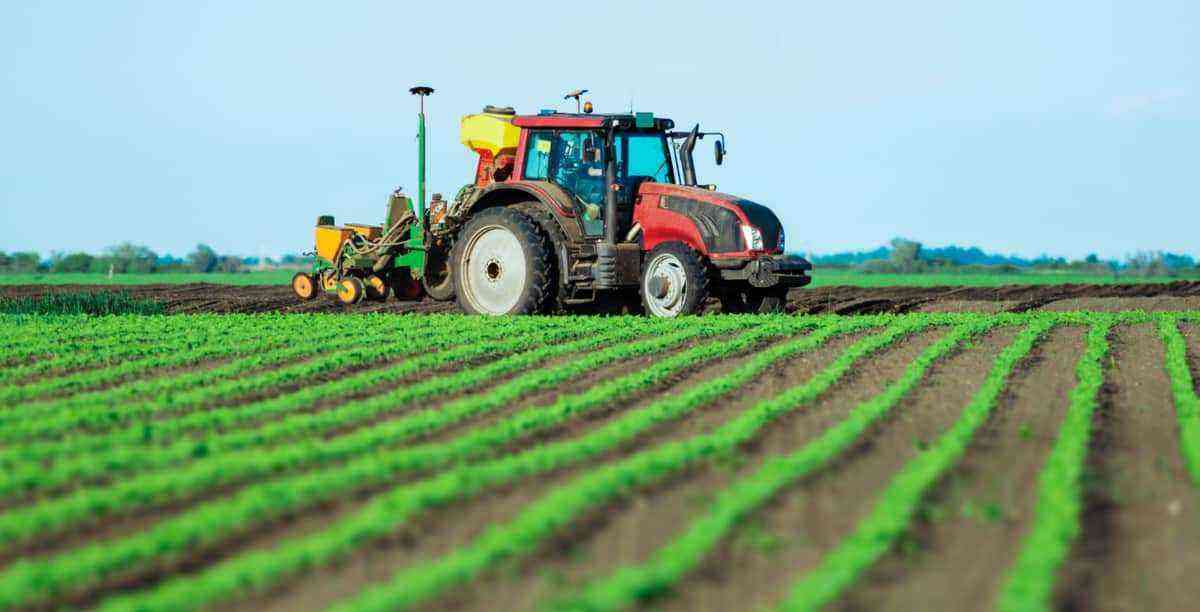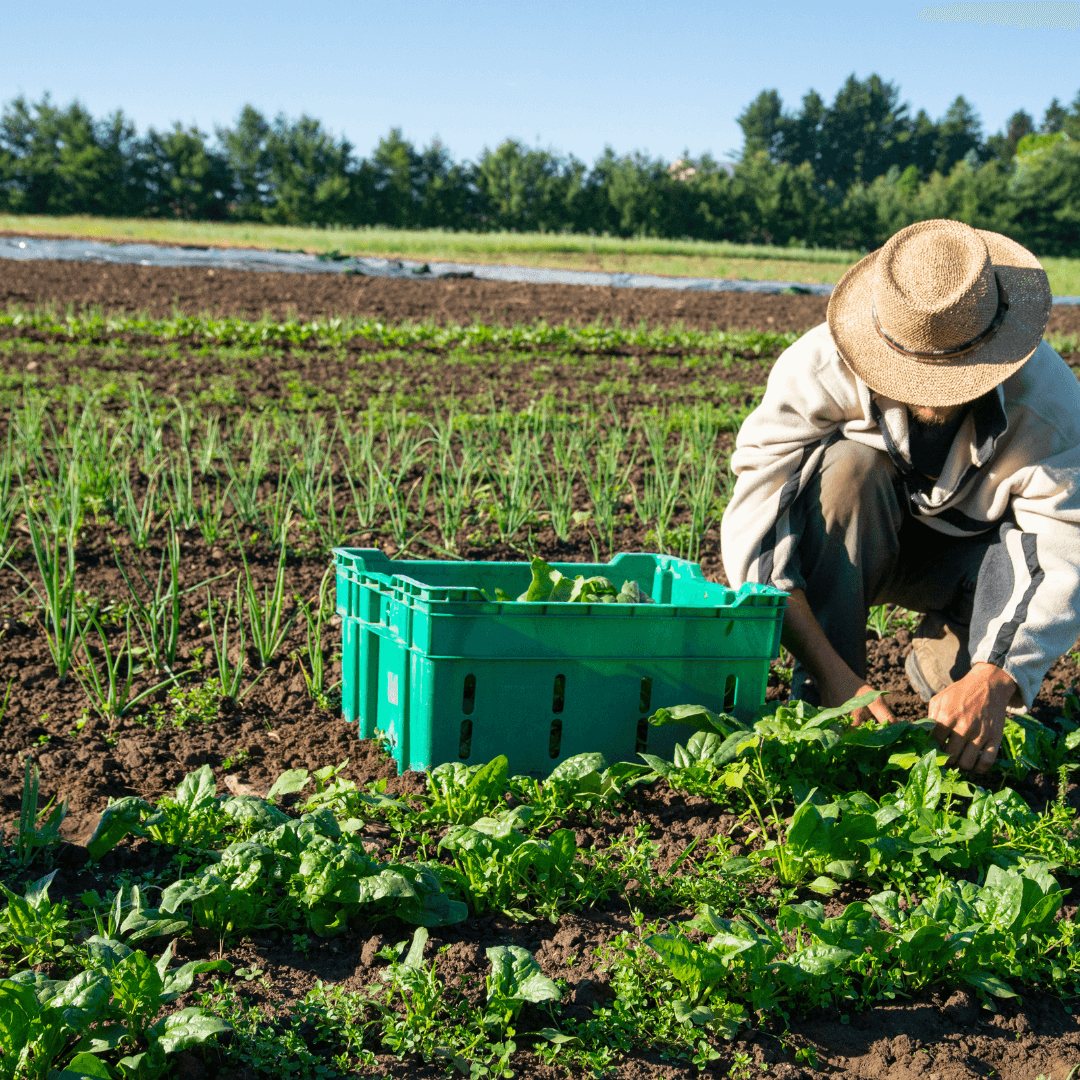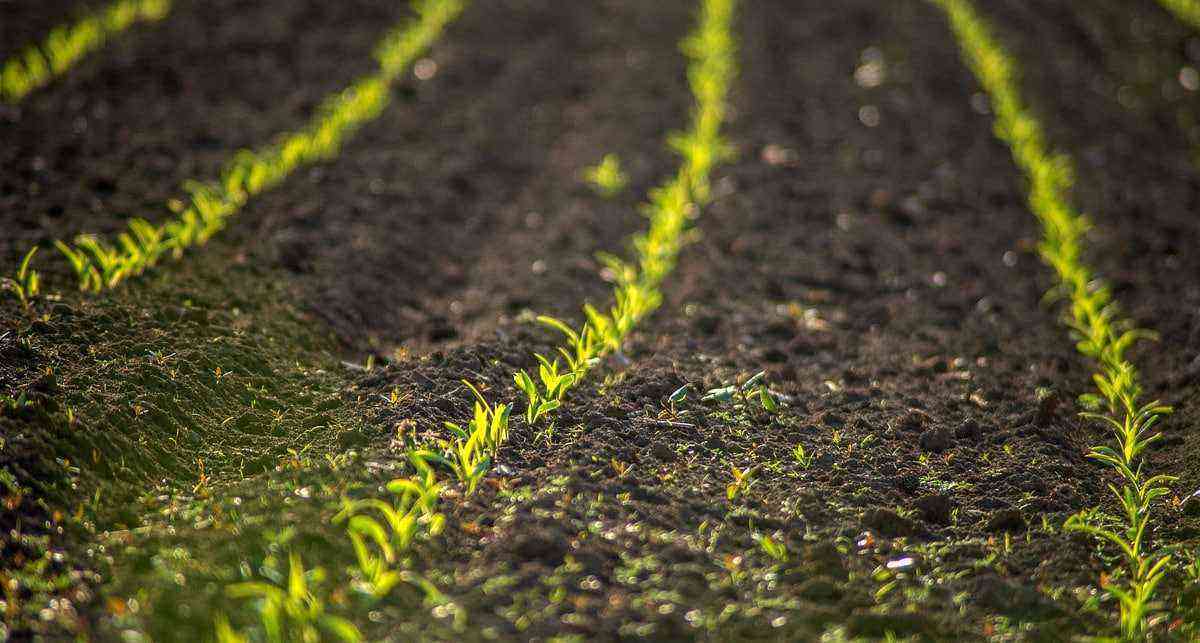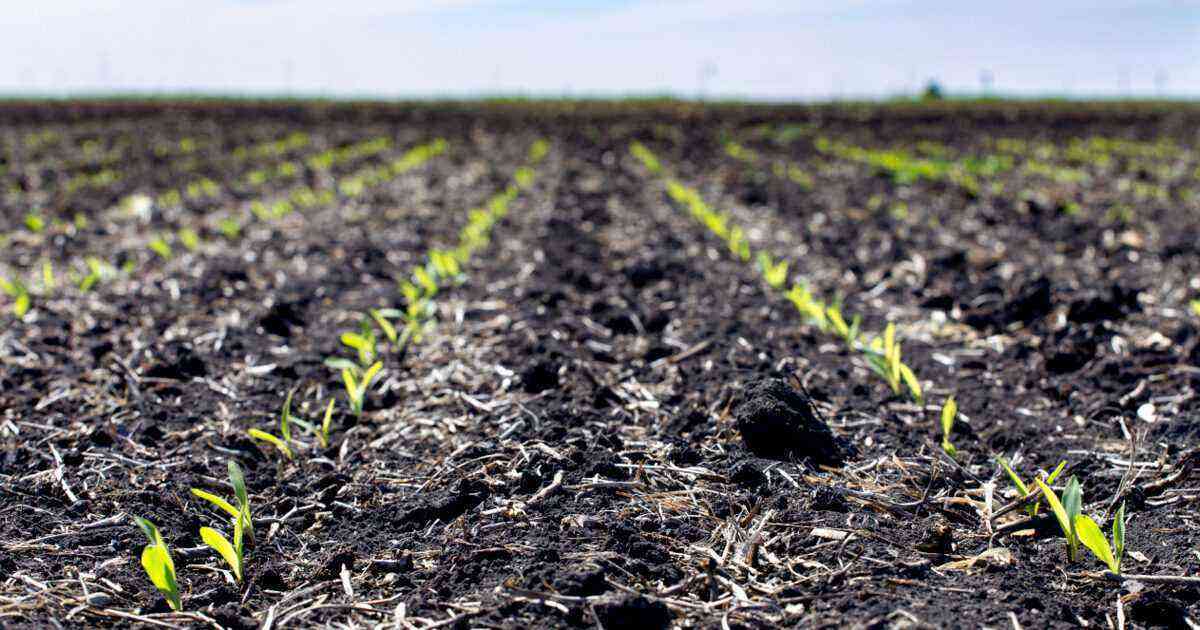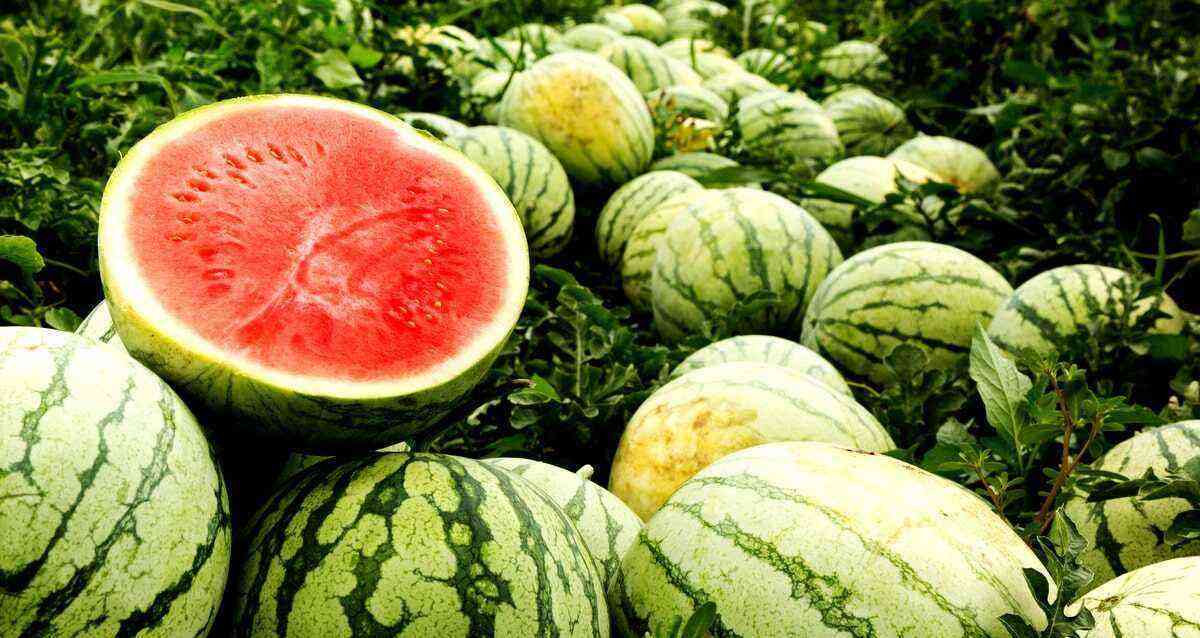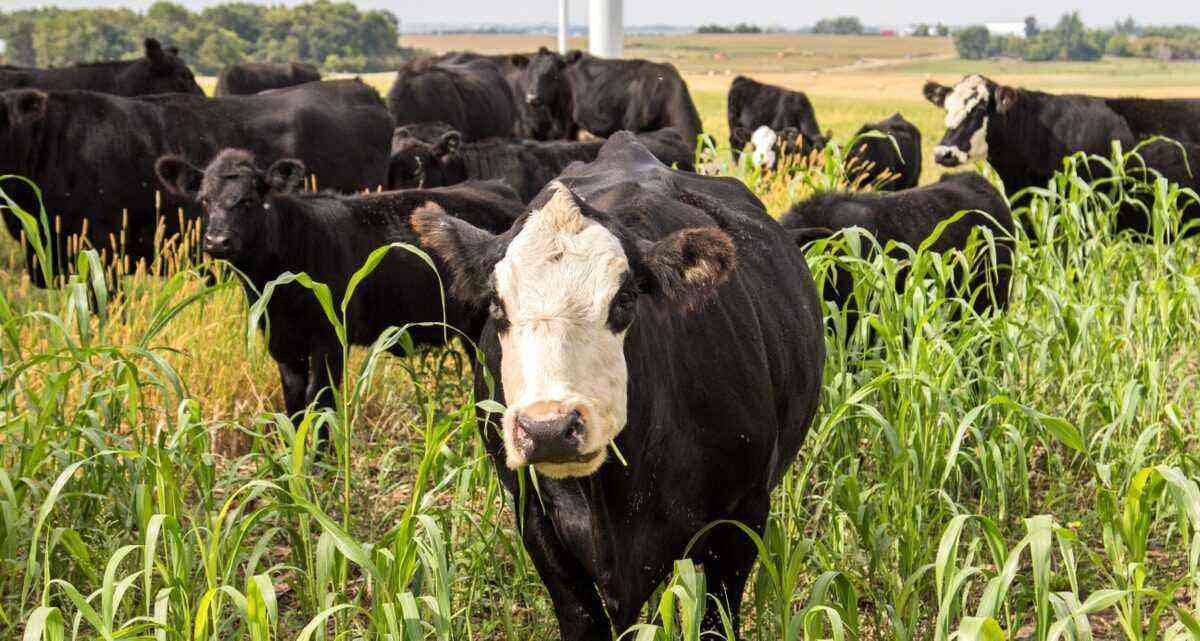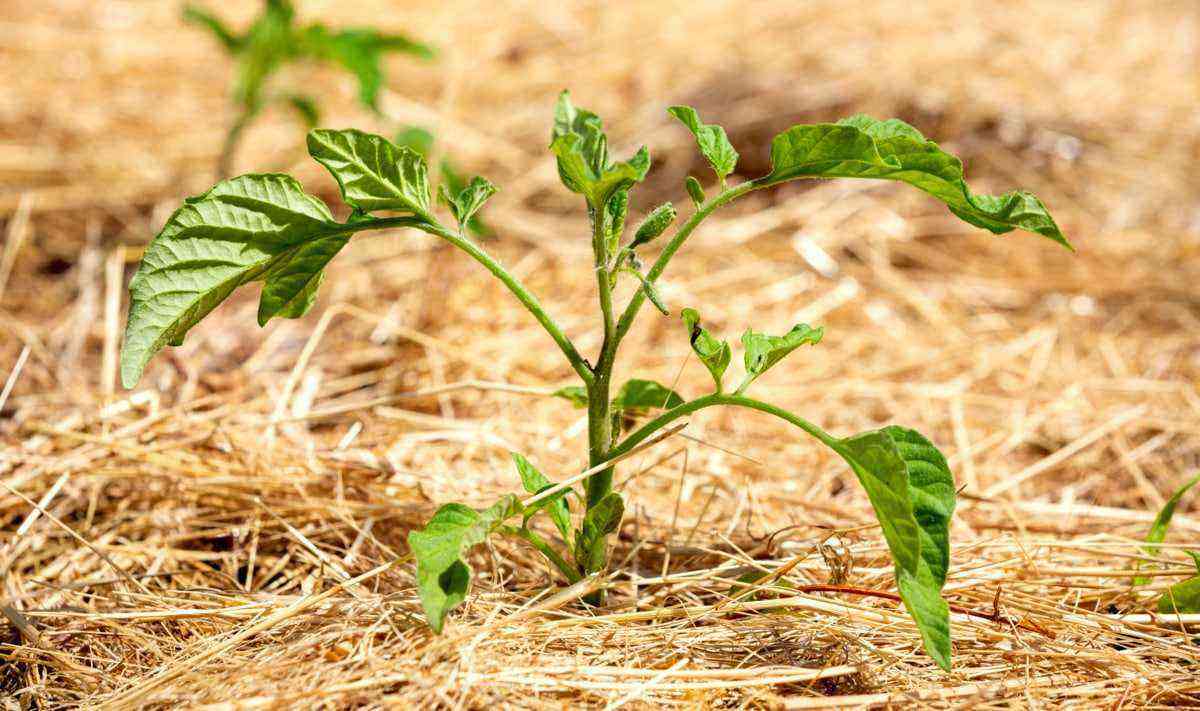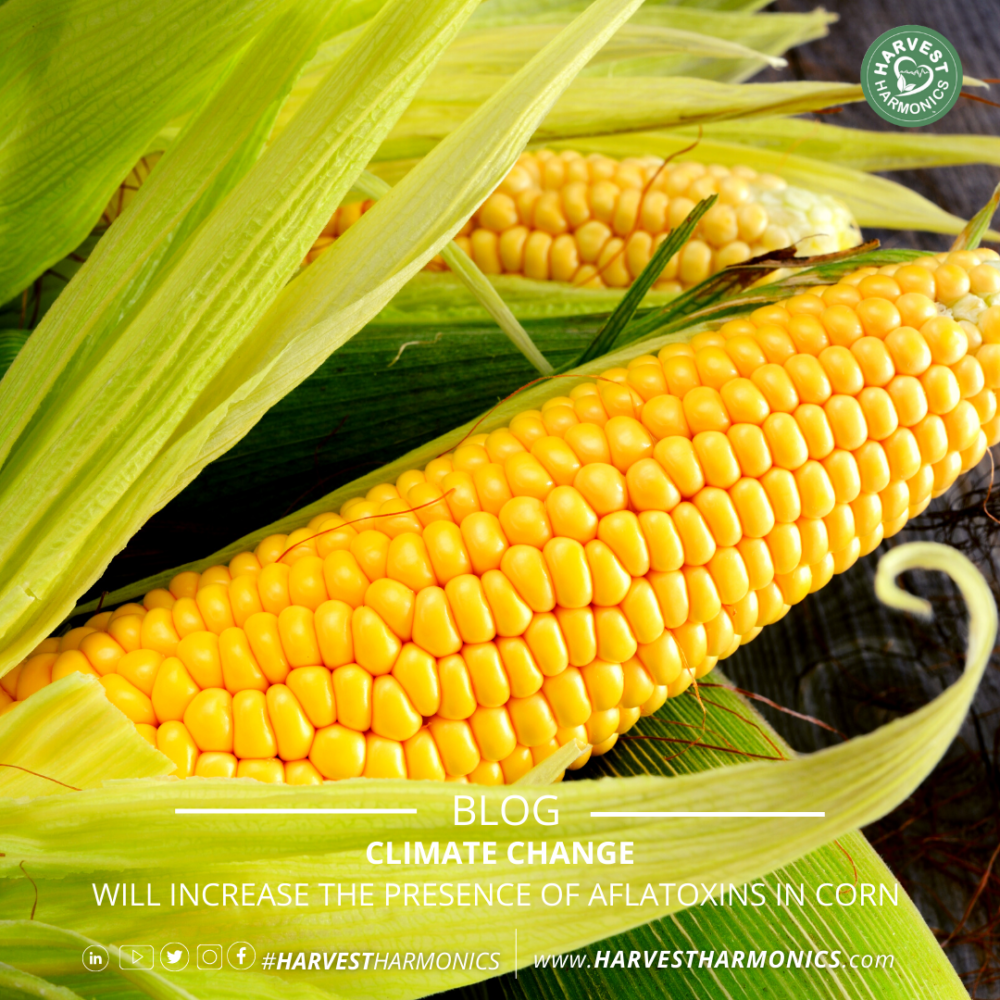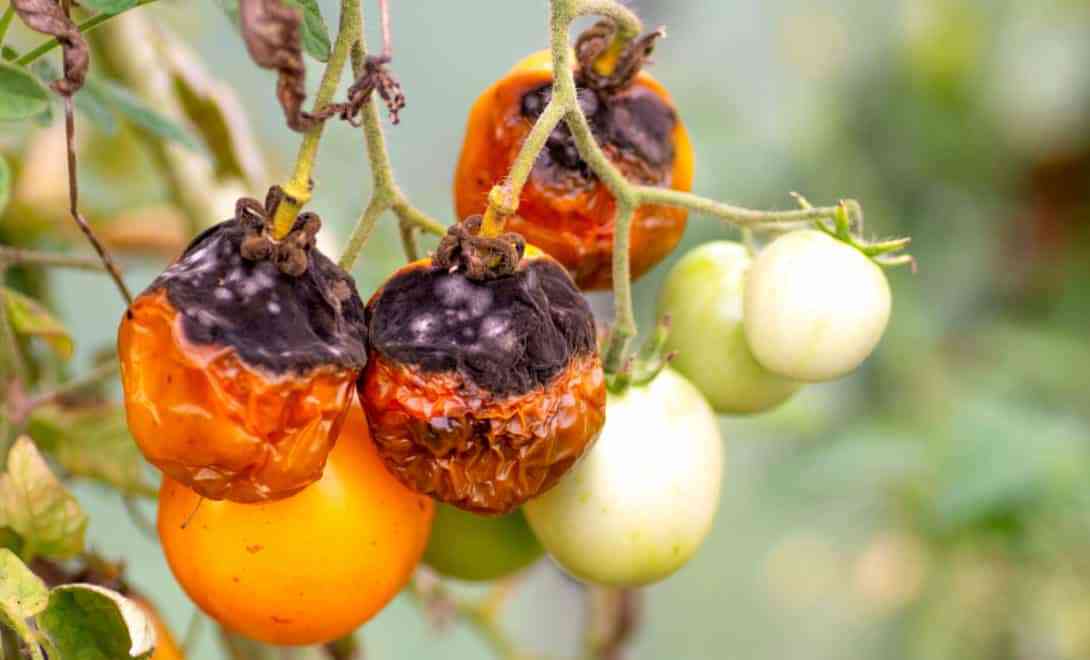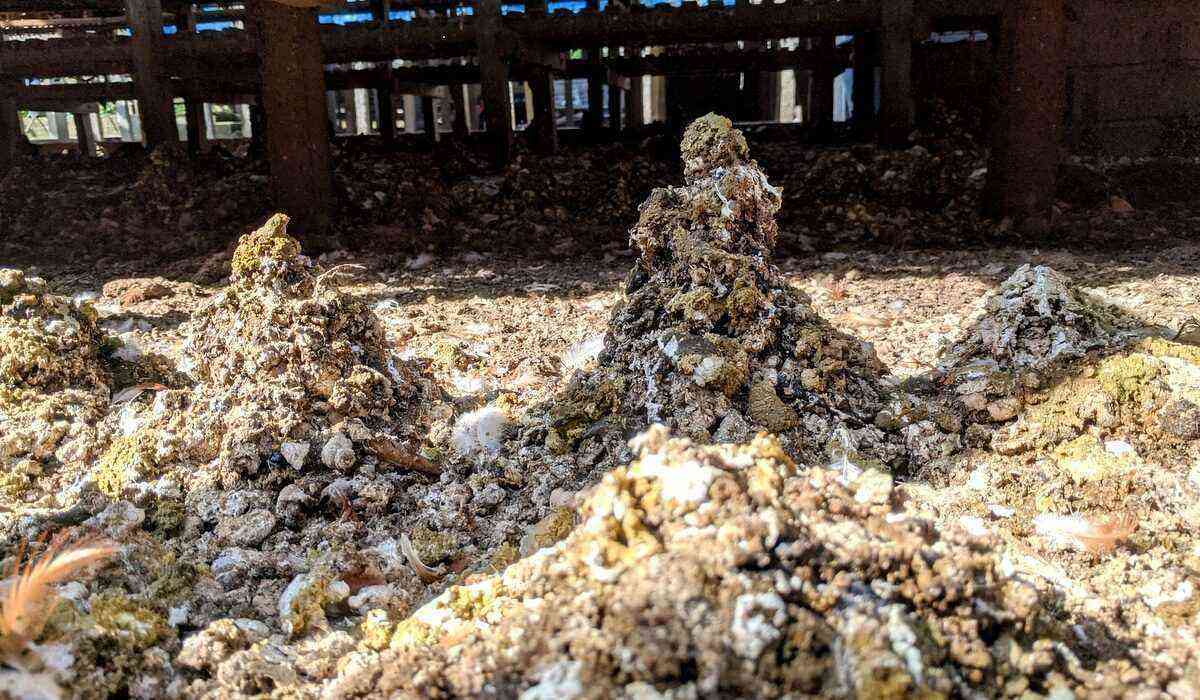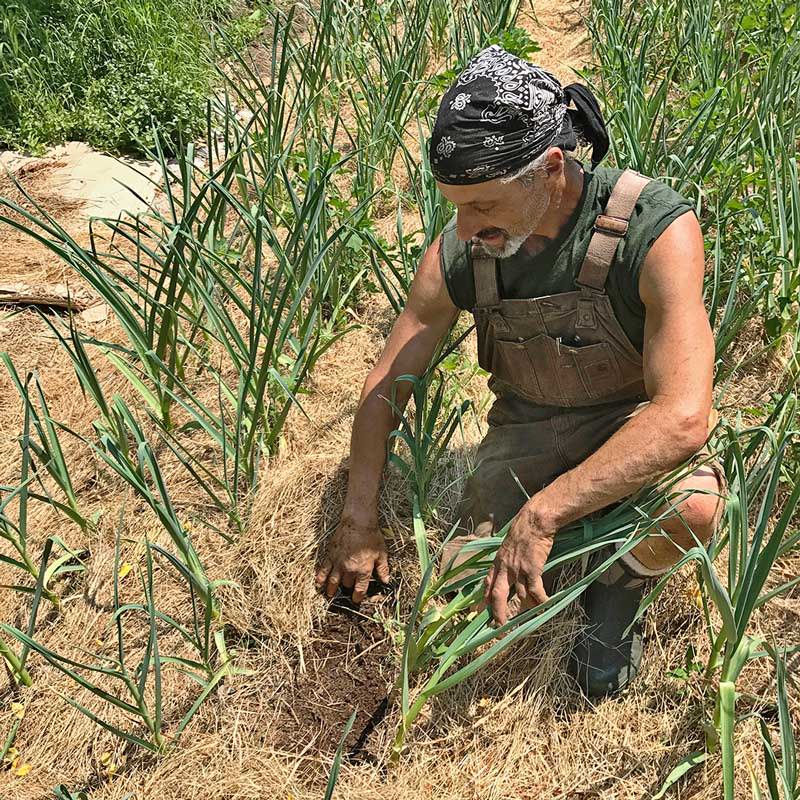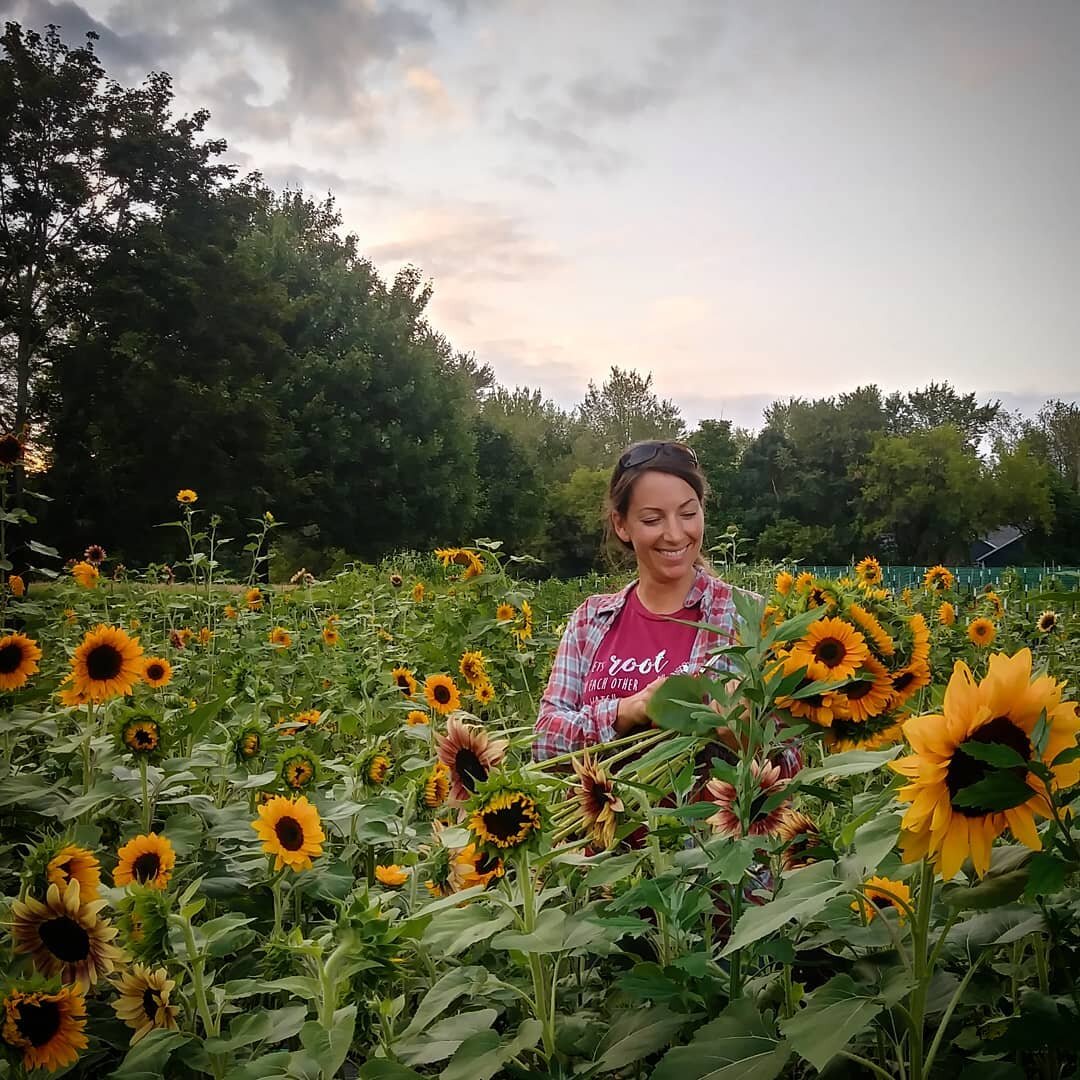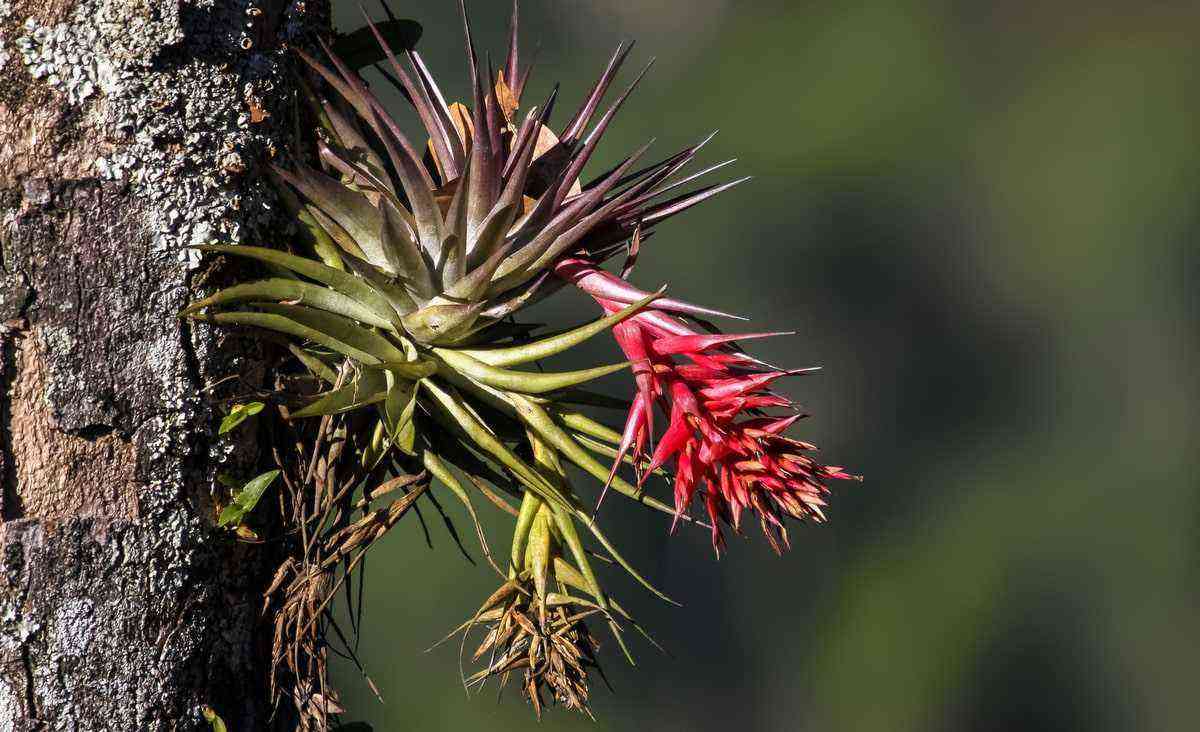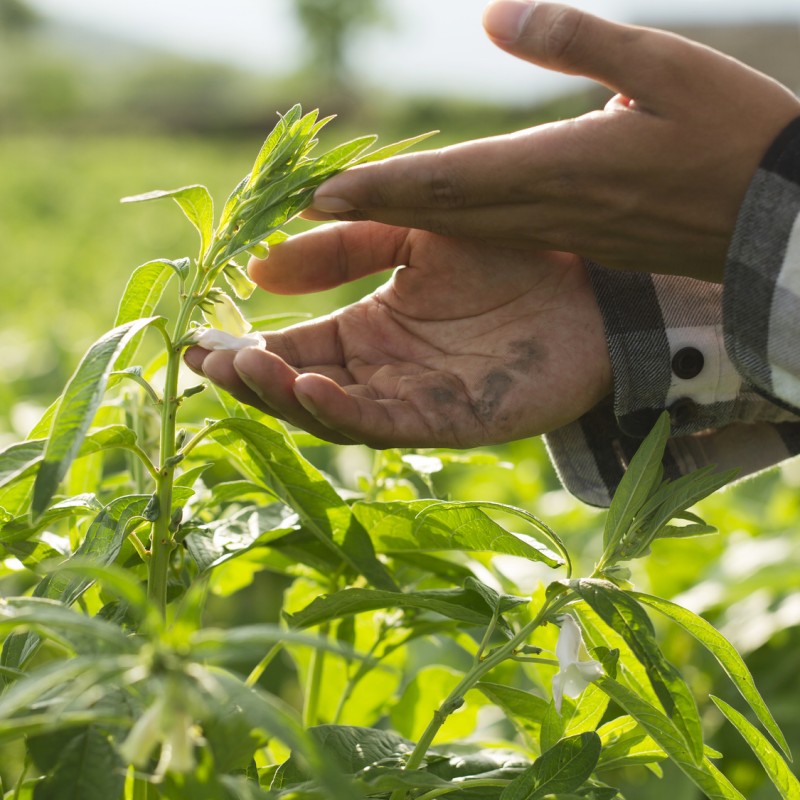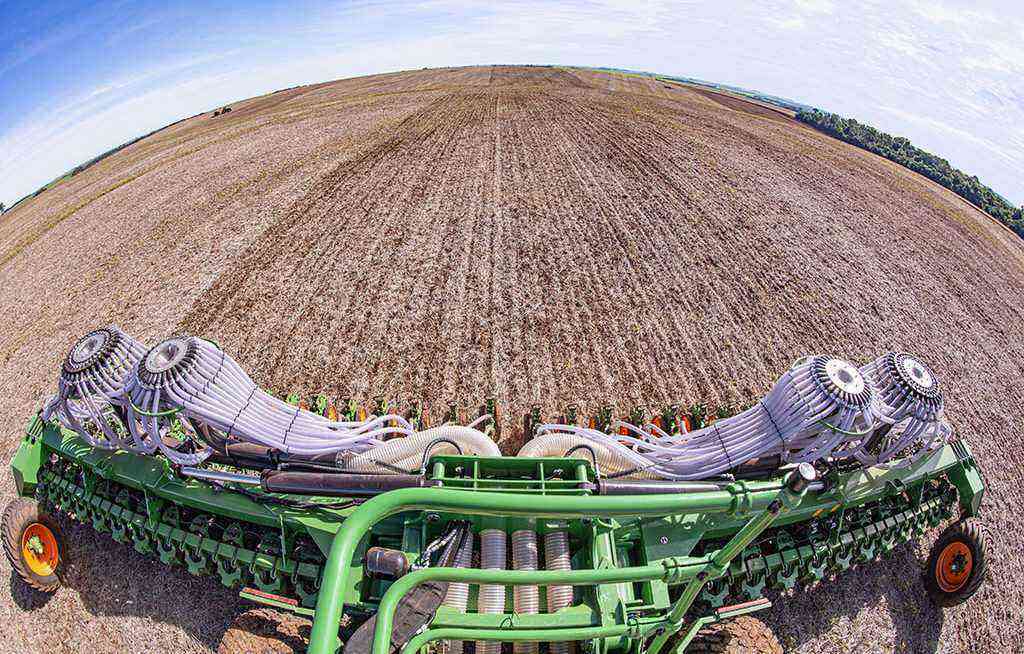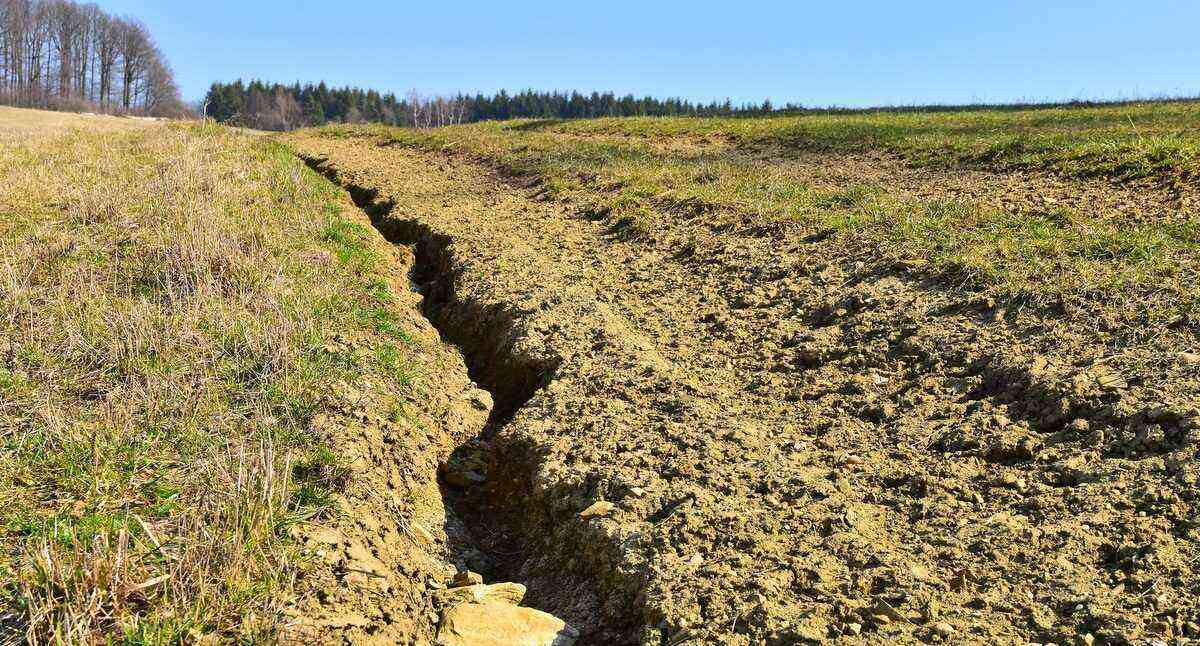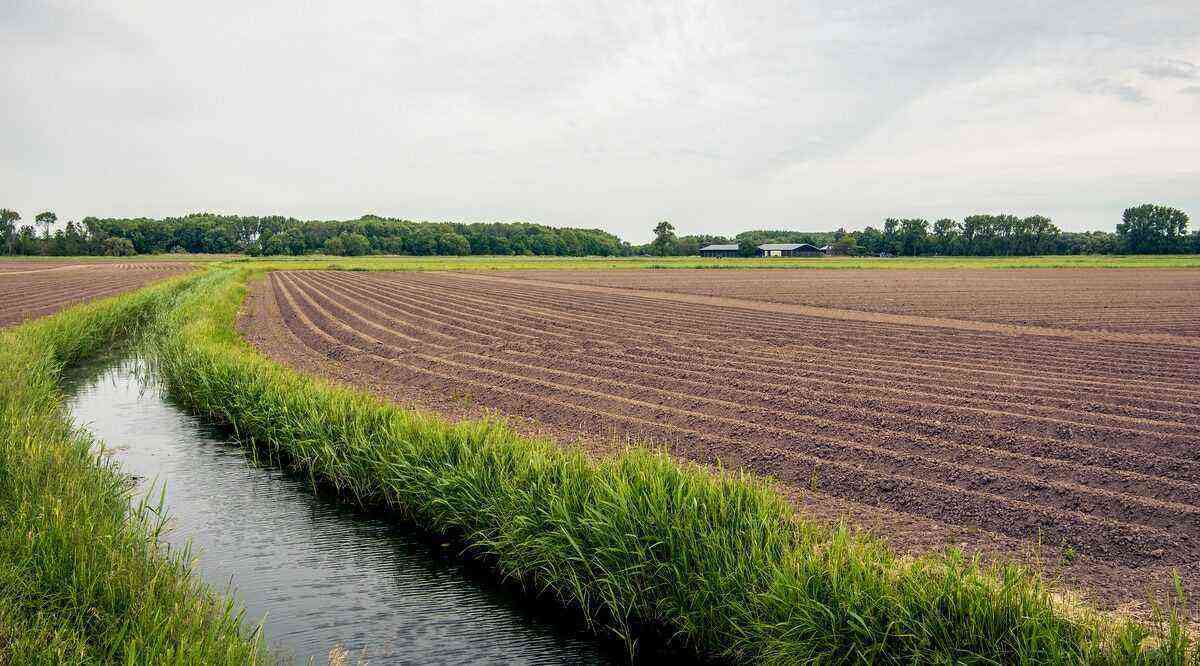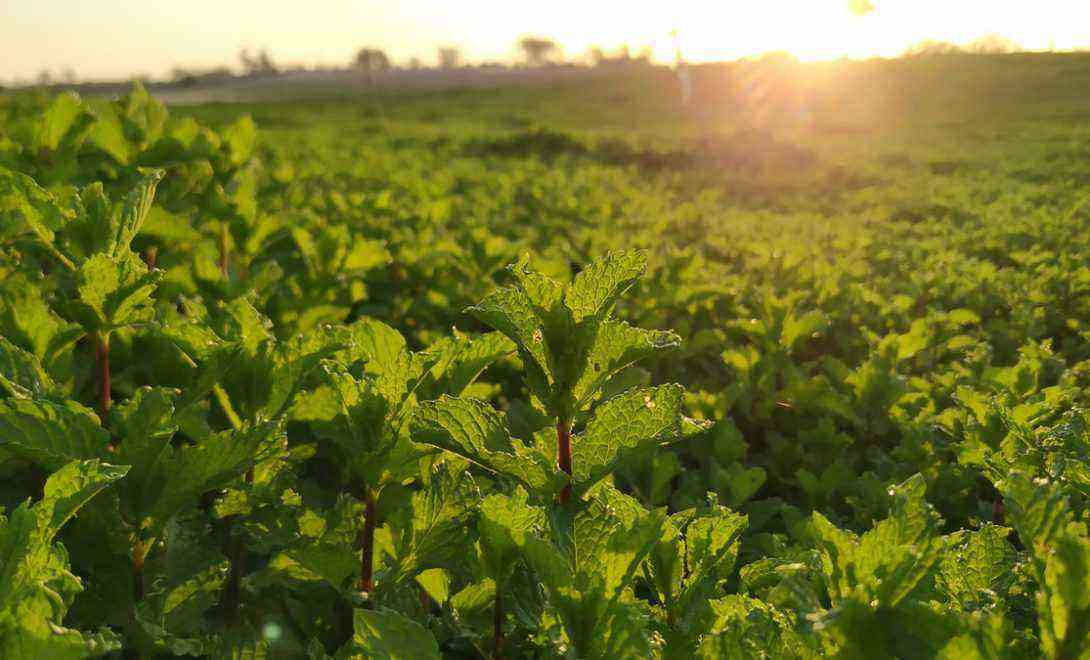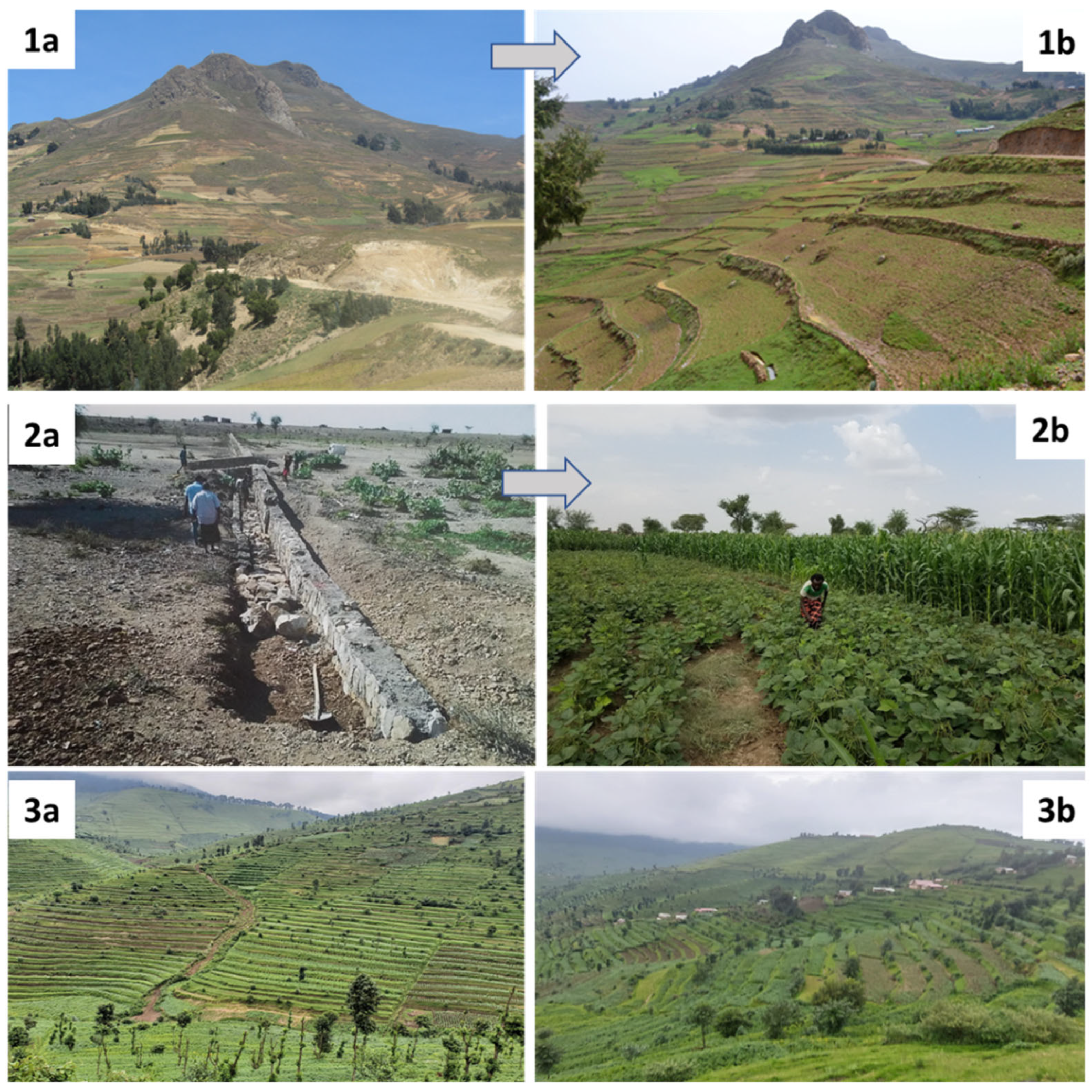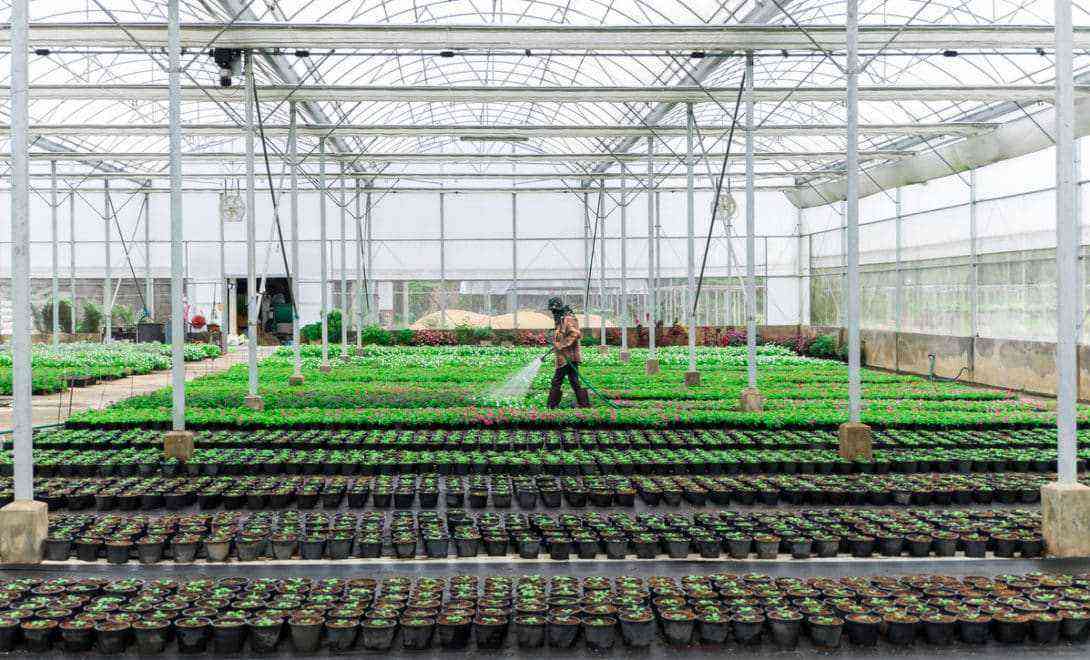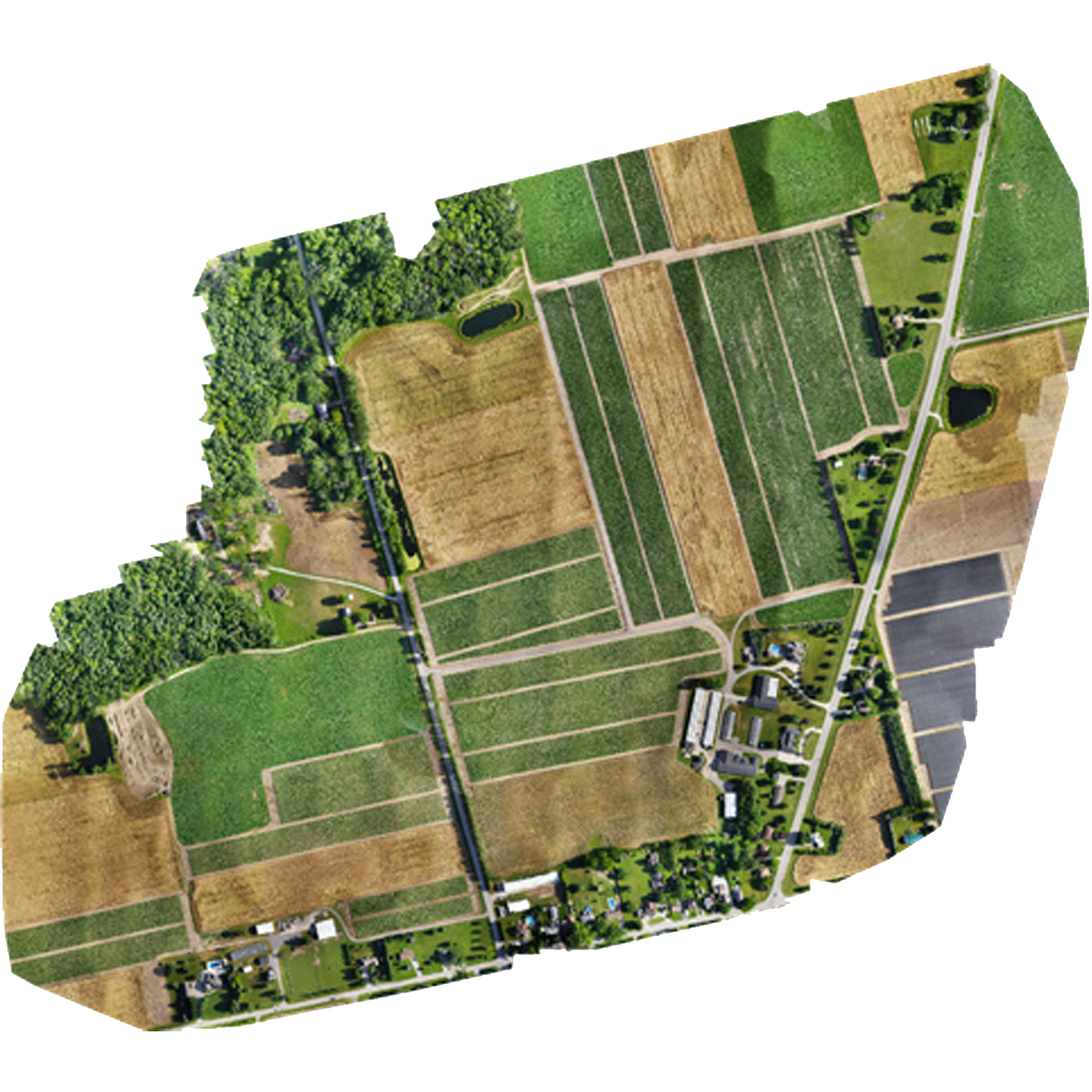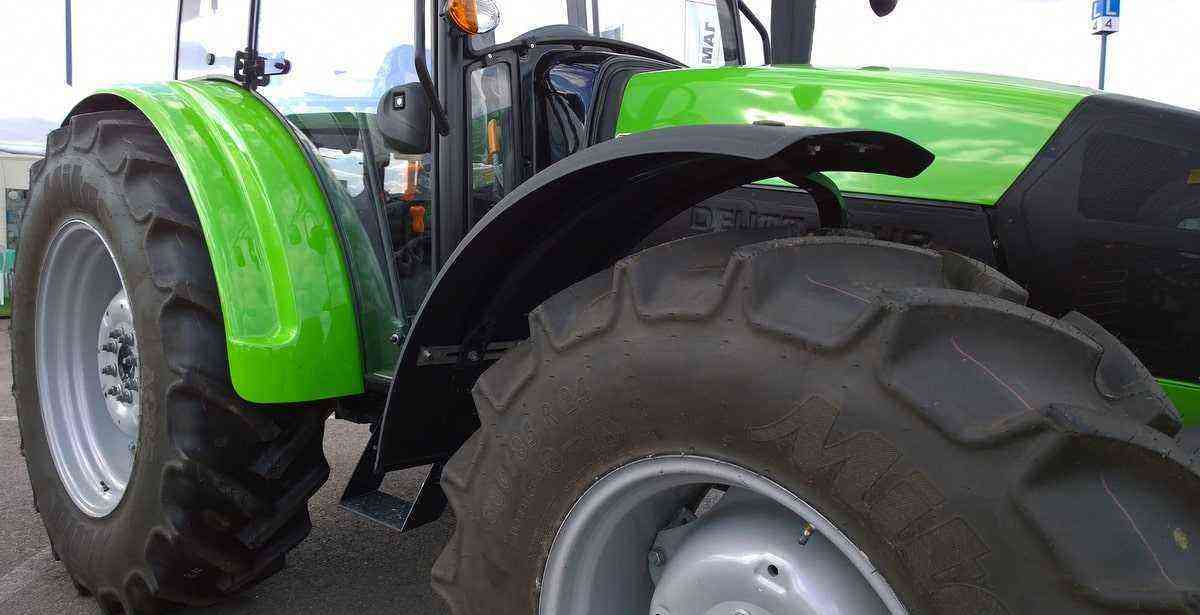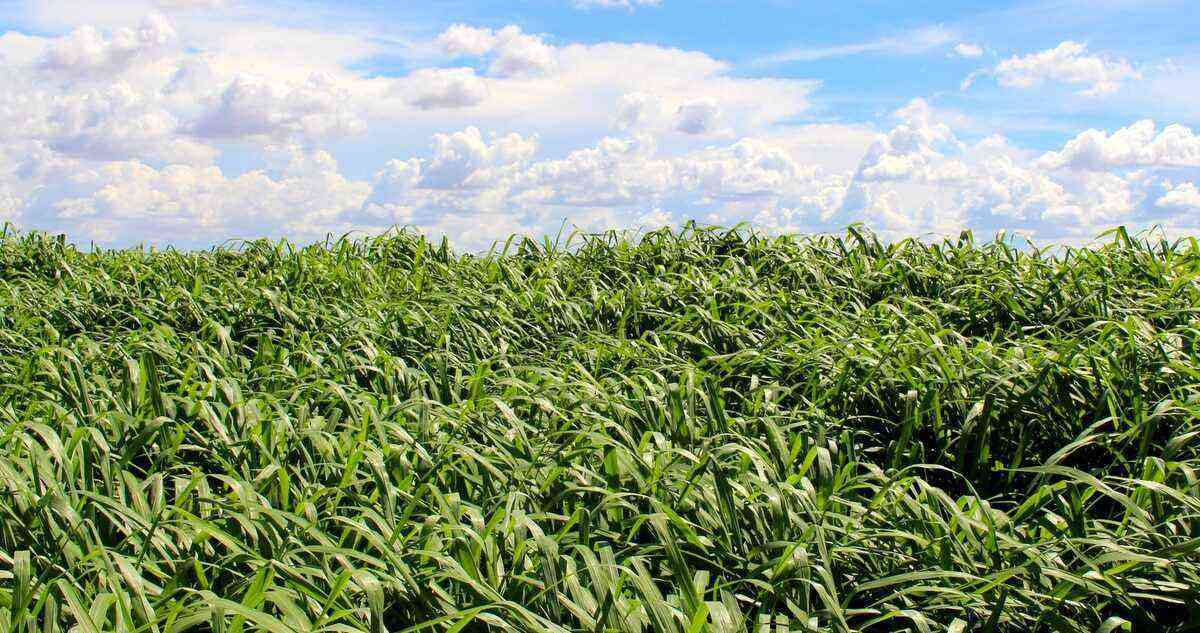Mushrooms are the fructifications of some fungi which, in turn, have a very large variety, both in shapes, colors and sizes for cultivation.
However, a warning remains: although the variety of mushrooms is enormous, only 10% of all of them are edible. The other 90% have some toxic characteristic, making planting and consumption unfeasible.
Its cultivation can be carried out in rustic and simple structures, but there is the possibility of production using state-of-the-art technologies. Therefore, its planting varies according to the financial and structural possibilities of each one.
Here are some tips on how to plant mushrooms, that is, ideal climate, how it should be done, harvest and also the benefits on the human body.
Also check out another post we produced about mushroom production that has been growing more and more in Brazil.
Ideal climate for mushroom reproduction
Mushrooms are some of the most popular items in modern cuisine and are easily found today.
In addition to the nutritional and medicinal properties, what leveraged the cultivation and presence of mushrooms in our dishes were their flavors and aromas. To give you an idea, in 1996, each Brazilian consumed, on average, 30 grams of mushrooms a year. Today, they consume five times as much.
 Mushroom consumption is growing in Brazil and, in this way, it also attracts new producers interested in planting. But, you need to follow some techniques in order to succeed in cultivation.
Mushroom consumption is growing in Brazil and, in this way, it also attracts new producers interested in planting. But, you need to follow some techniques in order to succeed in cultivation.
Therefore, as we said, it has been attracting more and more producers in our country. When dealing with planting, we need to start by talking about the climate seems to be ideal.
The fungi, which will originate the mushrooms, reproduce better and more easily, in the mildest possible climate, ranging from 12 °C to 25 °C. It should also be a place with high humidity, in the sense that production can be done properly.
It is worth mentioning that, even with this preference, they are highly adaptable, being able to proliferate in other conditions and regions.
Material used in planting
Because it is not exactly a plant, it does not have a seed, as it would with traditional fruits.
So your “seed” is actually a cooked cereal grain that has been colonized with the fungus. It, in turn, is inserted into a substrate, and thus can reproduce itself. Your substrate can be wood, straw or hay.
There is the possibility of planting in several areas, from the simplest, such as caves and taperas, to rooms and sheds. It varies according to the need and possibility of cultivation of each producer.
After all, what is the necessary structure for the planting and production of mushrooms. Check out:
- In preference to a location that can have sufficient space for future expansions in production;
- Availability of a good amount of water, through a perennial source or piped system;
- Have raw materials available, especially regarding the storage of straw and poultry manure around the building;
- Training of labor in planting, cultivation and harvesting;
- Adequate uninterruptible power supply at the chosen location;
- Preferably, be close to the market aiming at the adequate flow of the product.
how to plant
After choosing the location, type of mushroom desired for cultivation and its substrate, it is time to add the fungus to the raw material, starting its colonization, that is, the planting itself. After that, you must wait for its natural maturation process.
However, it is also necessary give a stimulus, in order to start fruiting, which can be done through cold or aeration.
It is worth mentioning that it is important to keep the place of cultivation always sanitized and clean, which will help in the reproduction in the best possible way.
No video below, check out the entire process of planting and producing mushrooms on a commercial scale:
Source: Try it by Cecilia Padilha.
harvest time
The mushroom cycle, until it reaches maturity, a stage called open, is usually fast, varying according to the chosen species.
There are those mushrooms that in just 20 days, after planting, can be harvested. However, there are classes of fungi that take about six months.
In either case, care must be taken not to harvest it too late.

The mushroom maturation cycle is fast. But attention is needed, as the harvest should never be too late.
In addition, the task is performed manually and very carefully, placing the fruits in the refrigeration process as soon as they are removed.
As the mushrooms are planted in places under controlled environmental conditions, they can be produced all year round.
However, there are usually ups and downs in the market, so some producers stop production during the warmer months.
Benefits of mushrooms in the human body
Mushroom consumption can be very beneficial to our body, because they are sources of protein, fiber, minerals and vitamins that help in the feeling of well-being in the body, in addition to being easy to digest.
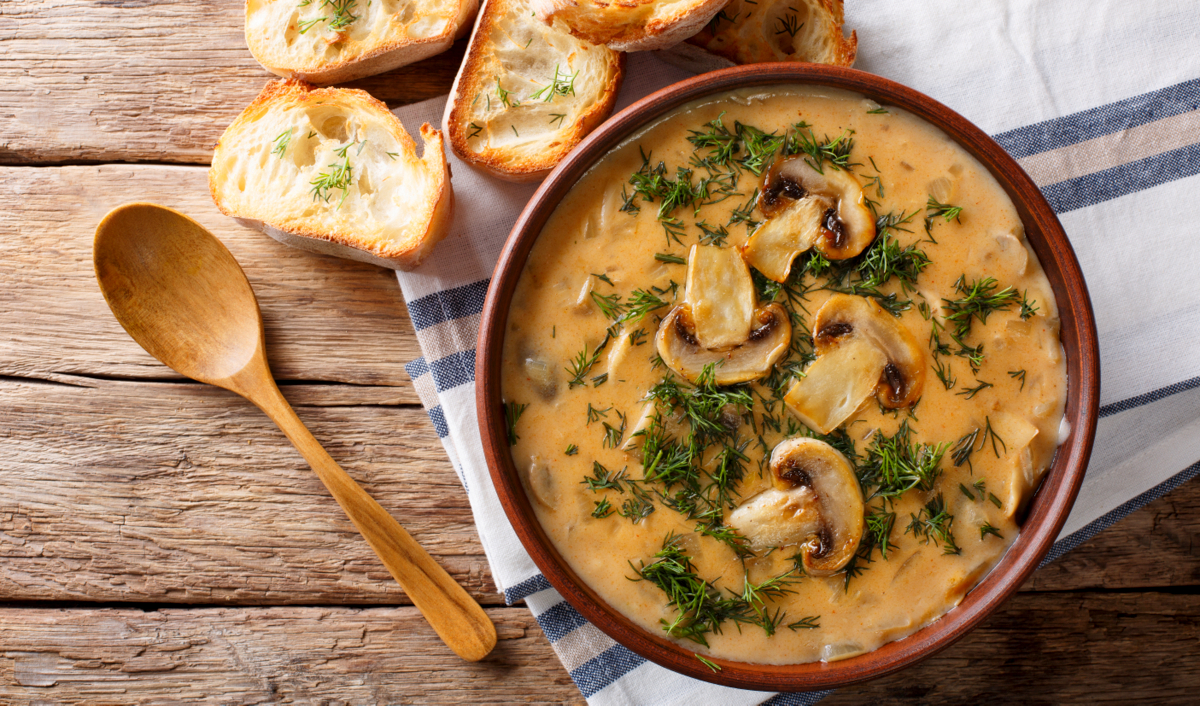 The mushroom brings a number of benefits to humans and is used mainly in cooking. How about making mushroom soup?
The mushroom brings a number of benefits to humans and is used mainly in cooking. How about making mushroom soup?
In this sense, mushrooms increase the feeling of satiety, improve the functioning of our intestines, help our cardiovascular health, improve our immune system, are good sources of energy and many other interesting things for the human body.
Therefore, as we showed in the article, mushroom planting becomes a good economic option since there is the possibility of production taking place in areas of your own farm or option for family farming. In addition, there is a potential consumer market.
No Marketplace of the MF Rural you will find the best advertisements about mushrooms. Log in and check it out!
